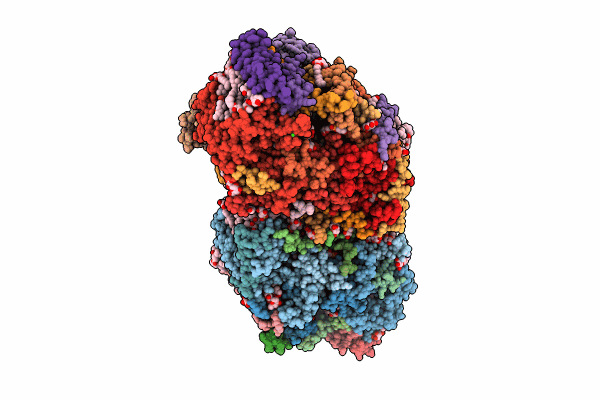
Deposition Date
2023-03-17
Release Date
2024-01-17
Last Version Date
2024-11-20
Entry Detail
PDB ID:
8IRA
Keywords:
Title:
XFEL structure of cyanobacterial photosystem II following one flash (1F) with a 200-microsecond delay
Biological Source:
Source Organism:
Thermostichus vulcanus (Taxon ID: 32053)
Host Organism:
Method Details:
Experimental Method:
Resolution:
2.20 Å
R-Value Free:
0.17
R-Value Work:
0.14
R-Value Observed:
0.14
Space Group:
P 21 21 21


